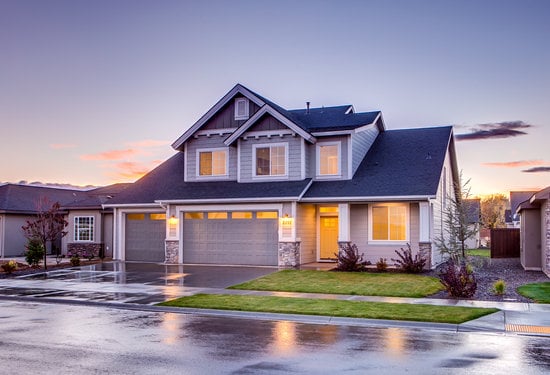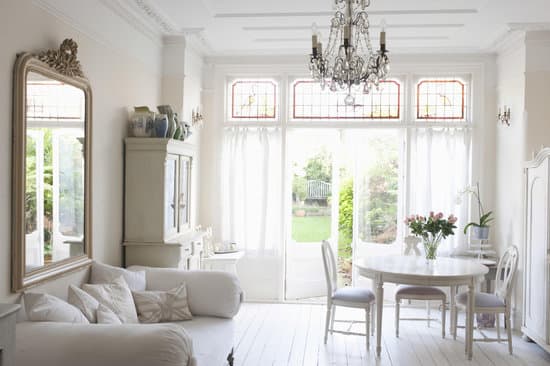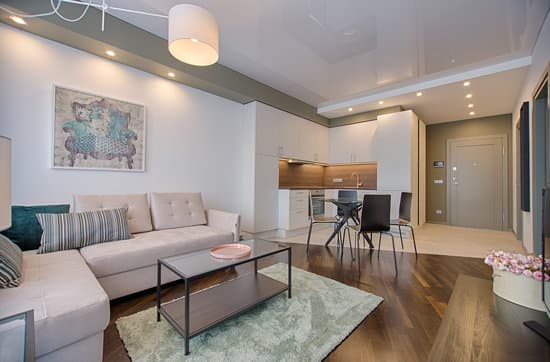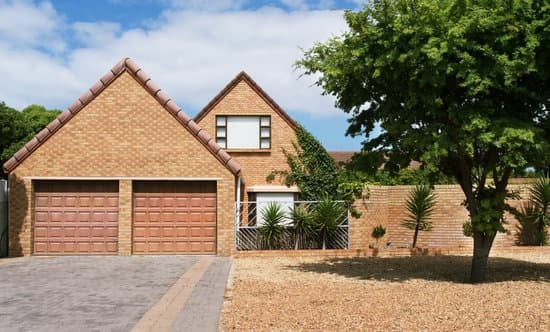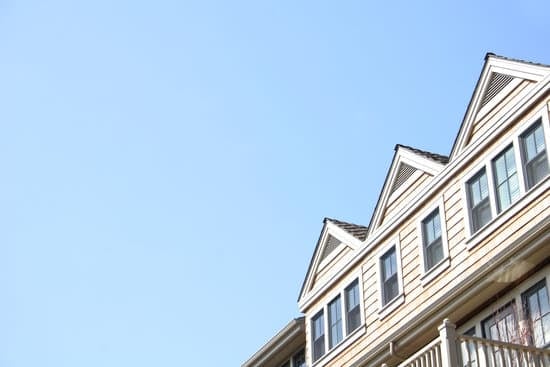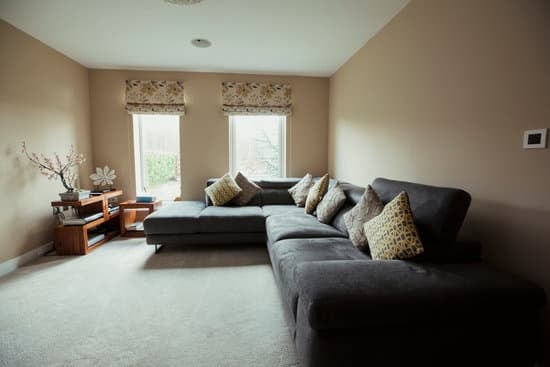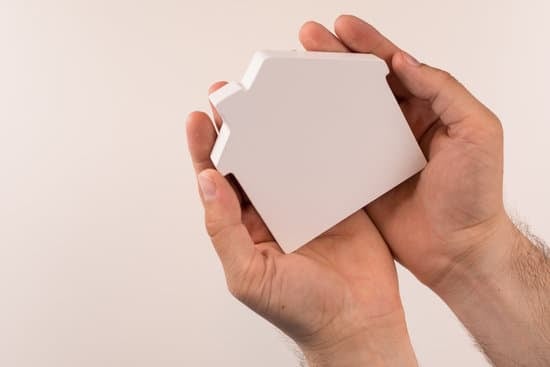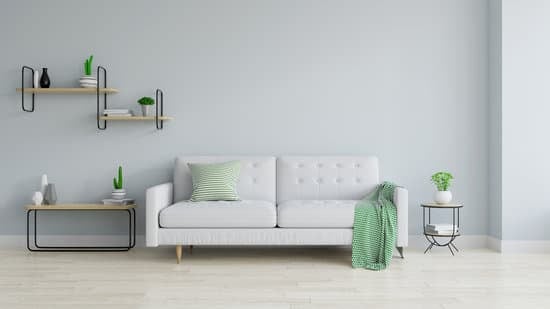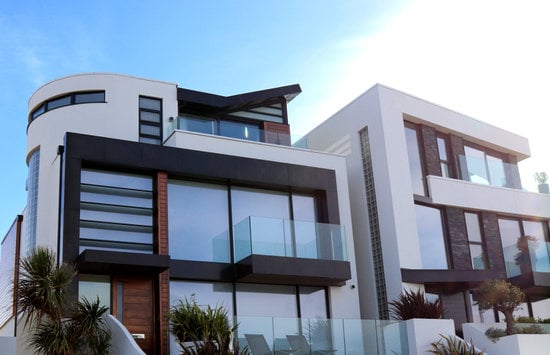Blank facades: Buildings with no street appeal
Blank facades are buildings that have no windows or other architectural features on their exterior walls that make them appealing to pedestrians. These buildings are often monotonous and create an uninviting atmosphere, which can make people feel uncomfortable. Furthermore, these blank facades can be associated with a detrimental effect on the local economy, often leading to reduced foot traffic and less patronage in nearby shops and businesses. What can be done?- Building owners can add architectural features, such as windows, balconies, or decorative facades, to make the buildings more attractive to pedestrians.
- The local government can offer tax incentives or other financial assistance to encourage building owners to invest in their properties and improve the street appeal.
High-speed one-way lanes: Unsafe for both vehicles and pedestrians
High-speed one-way lanes or walkways can be dangerous for both vehicles and pedestrians. These lanes are often designed to accommodate fast-moving vehicles, which can be hazardous to pedestrians who may be crossing the street. Furthermore, these lanes can be confusing for drivers, who may not be used to the traffic pattern, leading to accidents and other safety concerns. What can be done?- Cities can implement traffic-calming measures, such as speed bumps or roundabouts, to slow down traffic and make the streets safer for pedestrians.
- The addition of crosswalks with clear signage and pedestrian crossings can also increase safety.
Shadeless walkways: Uncomfortable for pedestrians during hot weather
Shadeless walkways offer no respite from the sun during hot weather, which can be uncomfortable for pedestrians. These walkways can also lead to increased energy consumption as people seek refuge in air-conditioned buildings, leading to a higher environmental impact and increased energy costs. What can be done?- Cities can plant trees along walkways and streets to provide shade and reduce the amount of heat absorbed by the pavement.
- The installation of shade structures, such as canopies or pergolas, can also provide shelter from the sun.
Multiple driveways: Disruptive to foot traffic flow
Multiple driveways can be disruptive to foot traffic flow, as pedestrians may have to dodge cars and other vehicles while walking along sidewalks. Furthermore, these driveways can create an unappealing streetscape, with large amounts of pavement covering valuable real estate. What can be done?- The consolidation of driveways, through shared access arrangements, can reduce the number of driveways along a stretch of road.
- The improvement of pedestrian crossings can create safer and more efficient movement of people through an area.
Parking spaces and vacant lots: Take up valuable real estate in urban areas
In areas with high concentrations of parking spaces and vacant lots, valuable real estate is taken up with no benefit to the community. These areas can become havens for crime and other antisocial behavior, which can lower the quality of life for residents. What can be done?- Cities can implement policies, such as minimum parking requirements or taxes on vacant lots, to discourage the use of valuable real estate for parking or other underutilized purposes.
- Redevelopment of vacant lots can create economic opportunities for the community while also enhancing the aesthetic and functional qualities of the area.
Lack of view: Creates a feeling of disconnect between buildings and surroundings
When buildings have no view of the surrounding areas, it can create a feeling of disconnection between the buildings and the community. This lack of engagement can lead to a decrease in social interaction and a sense of isolation. What can be done?- Building owners can add windows or other architectural features to allow people inside the buildings to view the outside world.
- The creation of public spaces, such as plazas or parks, can encourage social interaction and create a shared community space.







